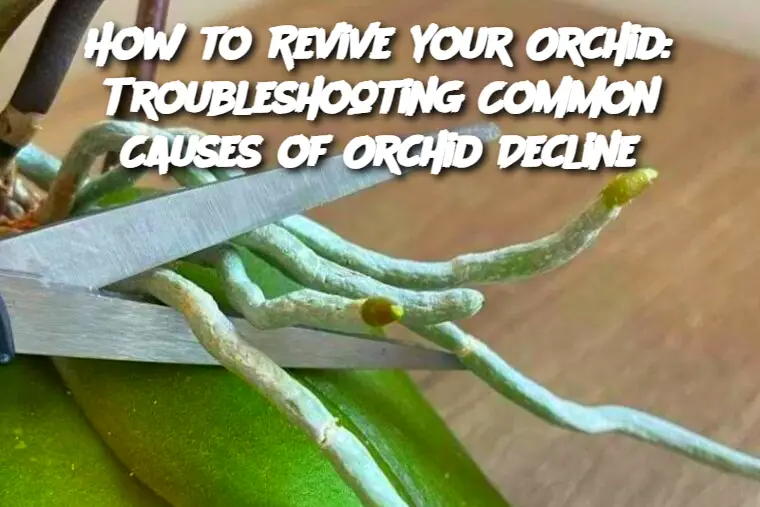ADVERTISEMENT
Phalaenopsis Orchids (Moth Orchids): These are the most common types of orchids found in homes. They thrive in low to medium light and prefer consistent temperatures. Overwatering can be particularly detrimental to Phalaenopsis, so be sure to let the soil dry out between waterings.
Cattleya Orchids: Known for their fragrant, colorful blooms, Cattleyas need bright light and a slightly drier environment compared to other orchids. They can tolerate a little more direct sun but should still be protected from the hottest rays.
Dendrobium Orchids: These orchids can handle a bit of neglect and are more tolerant of temperature variations, but they still need plenty of indirect sunlight and well-drained soil.
Frequently Asked Questions:
How often should I water my orchid?
Generally, orchids should be watered once a week. However, the exact frequency depends on the temperature and humidity in your home. Always check if the soil is dry before watering.
Why are my orchid’s leaves turning yellow?
Yellowing leaves could be a sign of overwatering, too much sunlight, or a nutrient deficiency. Inspect the plant’s environment and adjust as needed.
Can I save my orchid if the roots are rotting?
Yes, you can attempt to save the orchid by cutting away the rotting roots with sterile scissors. Repot the orchid in fresh orchid mix with good drainage and avoid overwatering.
Should I fertilize my orchid in the winter?
During the winter months, most orchids are dormant and don't need fertilizing. Resume feeding when new growth starts in the spring.
Can I keep my orchid outside?
Orchids can be kept outside, but they should be protected from extreme temperatures, especially frost. Ensure the location provides the right balance of light and temperature.
By paying attention to the needs of your orchid and addressing any issues promptly, you can ensure a long and healthy life for your beautiful plant.
ADVERTISEMENT
